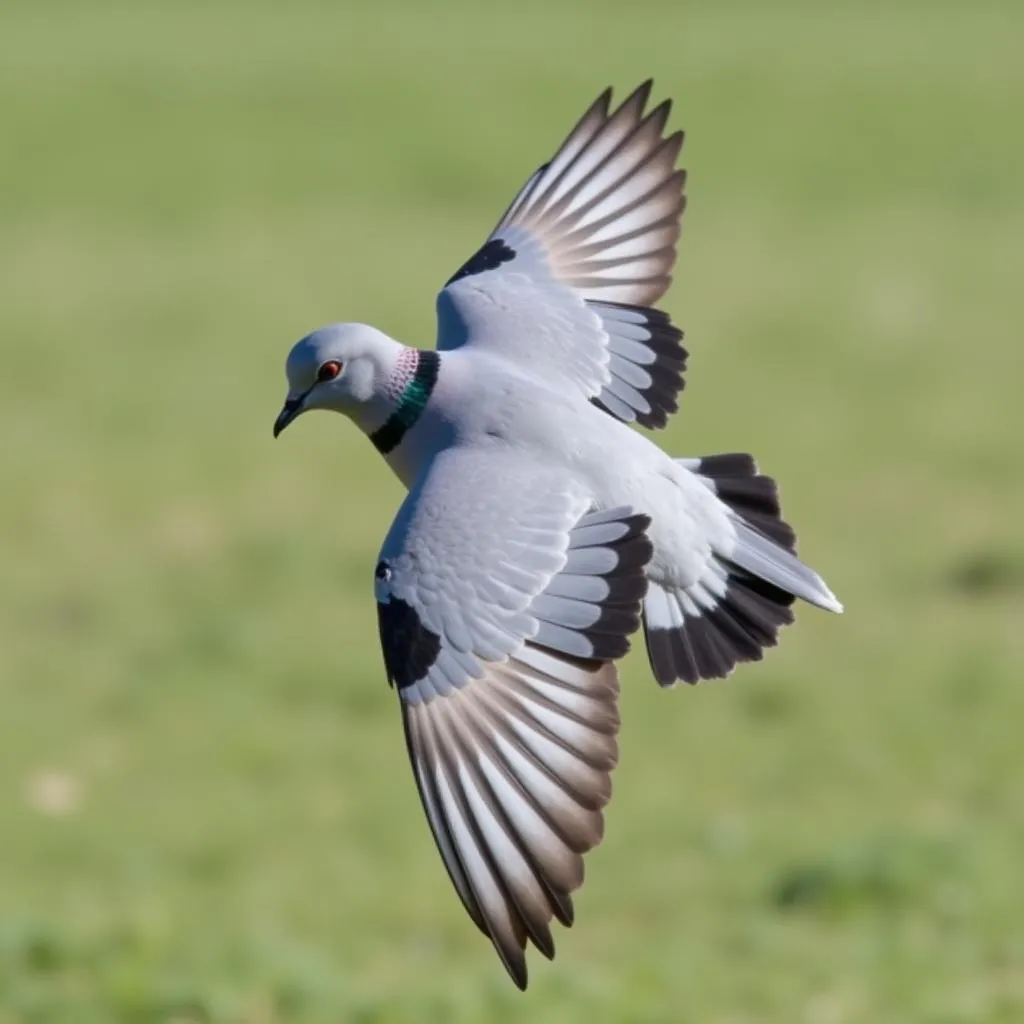The Majestic African Elephant Sculpture: A Symbol of Power and Heritage
African Elephant Sculptures capture the magnificence and spirit of these gentle giants. From ancient rock art to modern masterpieces, the image of the elephant has been immortalized in various forms, reflecting the deep cultural significance these animals hold across the African continent. This article explores the diverse world of African elephant sculptures, delving into their history, symbolism, and artistic expressions.
A Journey Through Time: The History of African Elephant Sculptures
The depiction of elephants in African art dates back millennia, with evidence found in ancient rock paintings and carvings. These early representations often portrayed elephants as powerful forces of nature, embodying strength and wisdom. As civilizations developed, so did the artistic techniques, leading to more intricate and detailed sculptures using materials like wood, ivory, bronze, and stone. For instance, the Yoruba people of Nigeria are renowned for their impressive bronze castings of elephants, often used in royal ceremonies. african helmet mask These historical pieces offer a glimpse into the rich cultural heritage of different African communities and their relationship with the majestic elephant.
The Symbolic Power of the Elephant
The elephant holds a prominent place in African folklore and mythology. It is often associated with qualities like wisdom, leadership, strength, and good fortune. In many cultures, the elephant is seen as a protector, a symbol of royalty, and a link between the physical and spiritual worlds. This symbolism translates directly into the artistic representations of elephants, where the posture, size, and material used all contribute to the overall meaning conveyed by the sculpture. A raised trunk, for example, is often interpreted as a sign of good luck and prosperity.
Diverse Artistic Styles: From Traditional to Contemporary
African elephant sculptures showcase a remarkable diversity of styles, reflecting the unique artistic traditions of different regions and tribes. From the stylized forms of Makonde carvings in Tanzania and Mozambique to the intricate bronze work of the Ashanti people in Ghana, each piece tells a story. african animal artwork, african culture poster Contemporary African artists continue to explore new and innovative ways of representing the elephant, incorporating modern materials and techniques while still honoring the rich cultural heritage.
What Makes Each African Elephant Sculpture Unique?
The uniqueness of each African elephant sculpture lies not only in the materials used and the artistic style but also in the individual artist’s interpretation of the elephant’s symbolism. Each carve, each line, each detail tells a story – a story of the artist’s connection to their culture, their reverence for the elephant, and their unique artistic vision.
Dr. Adebayo Ola, a renowned art historian specializing in African art, explains, “African elephant sculptures are not merely decorative objects; they are powerful expressions of cultural identity and spiritual beliefs. Each piece carries within it the stories, traditions, and values of the community from which it originates.”
Choosing the Perfect African Elephant Sculpture
When choosing an African elephant sculpture, consider the material, style, and symbolism that resonates with you. african elephant craft Whether you’re drawn to the timeless elegance of wood carvings, the intricate details of bronze castings, or the contemporary flair of metal sculptures, there’s an African elephant sculpture to suit every taste and preference. african flower bulldog A carefully chosen sculpture can become a cherished piece of art, a reminder of the magnificent creatures that roam the African savanna, and a celebration of the rich cultural heritage of the continent.
In the words of renowned Kenyan sculptor, Kamau Mwangi, “Every elephant sculpture I create is a tribute to the strength and wisdom of these magnificent animals. It’s a way of keeping their spirit alive and sharing their story with the world.”
Conclusion: Celebrating the Enduring Legacy of African Elephant Sculptures
African elephant sculptures represent more than just artistic expressions; they are tangible links to a rich history, a powerful symbol of cultural heritage, and a celebration of the majestic elephant. By appreciating and understanding the stories behind these sculptures, we gain a deeper appreciation for the diverse cultures of Africa and the enduring legacy of these magnificent creatures.
FAQ
-
What materials are commonly used in African elephant sculptures?
Common materials include wood, ivory (though now restricted), bronze, stone, and soapstone. -
What does a raised trunk on an elephant sculpture symbolize?
A raised trunk often signifies good luck, prosperity, and positive energy. -
Where can I purchase authentic African elephant sculptures?
Authentic sculptures can be found in reputable art galleries, African markets, and online platforms specializing in African art.
When you need assistance, please contact us by Phone: +255768904061, Email: [email protected] or visit us at: Mbarali DC Mawindi, Kangaga, Tanzania. We have a 24/7 customer service team.

